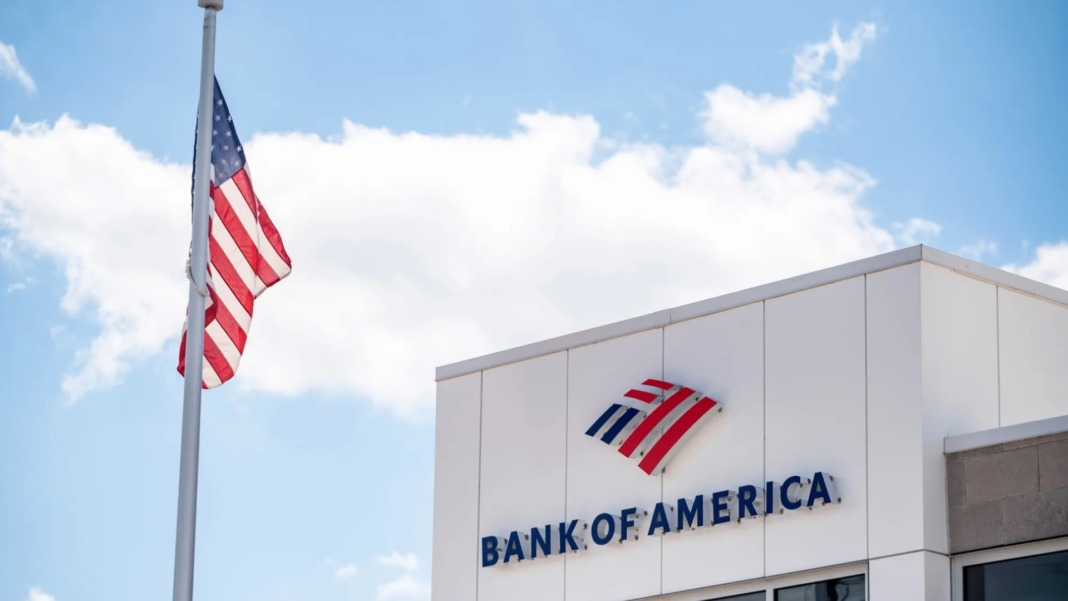Bank of America is strengthening its use of artificial intelligence to improve both employee productivity and client service across its global operations. With a workforce of 213,000 employees, the bank has integrated AI and machine learning into various functions, including global technology, operations, and staff training, demonstrating its long-standing commitment to innovation.
Aditya Bhasin, Chief Technology and Information Officer at Bank of America, said, “AI is having a transformative effect on employee efficiency and operational excellence. Our use of AI at scale and around the world enables us to further enhance our capabilities, improve employee productivity and client service, and drive business growth.”
The bank’s AI journey began in 2018 with the introduction of Erica, a virtual financial assistant built into its mobile app. Erica has since handled over 2.5 billion client interactions, with 20 million clients actively using the service today. Bank of America’s AI approach continues to prioritise human oversight, transparency, and accountability.
Expansion of internal AI tools for greater support
Building on the success of Erica, Bank of America launched Erica for Employees in 2020. This internal AI assistant was rapidly adopted during the pandemic, helping staff with tasks such as resetting passwords and activating devices. By 2023, its functionality was expanded to include assistance with accessing health benefits, payroll forms, and tax documents.
Currently, more than 90% of the bank’s employees use Erica for Employees, leading to a reduction of more than 50% in calls to the IT service desk. Further enhancements are planned for 2025, with the platform set to offer improved search capabilities and broader assistance on bank products and services, using a mix of AI and generative AI technologies.
The bank has also leveraged AI for client-facing teams through ask MERRILL and ask PRIVATE BANK. These tools, based on the technology behind Erica, help Merrill and Private Bank employees to find information more quickly and connect with specialists when necessary. In 2024, these platforms recorded more than 23 million interactions, up by 1 million from the previous year, helping teams engage with clients more proactively.
Bank of America’s call centres are also using internally developed GenAI technology to summarise call recordings. This tool increases operational efficiency and ensures the bank remains attuned to clients’ needs. The summarisation function, which was previously a manual task, will soon expand to cover additional communication channels.
AI supporting development, coding, and client engagement
Bank of America’s Academy, which handles onboarding and professional development, uses AI-powered conversation simulators to coach employees on client interactions. Last year, staff completed over 1 million simulations, with many reporting that the practice sessions improved the quality and consistency of their service delivery.
In the technology sector, the bank’s software developers are using a GenAI-based tool to assist with coding tasks. This tool has improved development efficiency by more than 20%. Meanwhile, AI tools are helping the Business Banking and Global Commercial Banking teams to automate the creation of client meeting materials, saving tens of thousands of hours each year and allowing more time to focus on client engagement.
Client support specialists at the bank’s contact centres are benefiting from an AI-augmented desktop tool, which offers real-time guidance during calls. This system helps staff to deliver a more personalised client experience, improve satisfaction, and reduce call handling times.
Within Global Markets, the sales and trading team now use an internally developed GenAI platform to search, summarise, and synthesise the bank’s research and market commentary more efficiently.
Bank of America’s strong focus on innovation and patents
Bank of America’s investment in technology is reflected in its growing patent portfolio. The bank holds nearly 7,400 granted patents and pending applications, making it the financial services company with the most U.S. patents. Of these, more than 1,200 are focused on AI and machine learning, accounting for 17% of its total portfolio, with over half already granted.
New patents have also been secured across areas such as information security, online and mobile banking, payments, data analytics, and augmented and virtual reality. These achievements are credited to the bank’s 7,800 inventors working across 14 countries and 42 U.S. states, backed by a corporate culture that encourages innovation.
Bank of America invests US$13 billion annually in technology, with approximately US$4 billion earmarked for new technology initiatives in 2025. This ongoing investment reflects the bank’s commitment to delivering enhanced experiences for clients and employees through advanced technologies.





